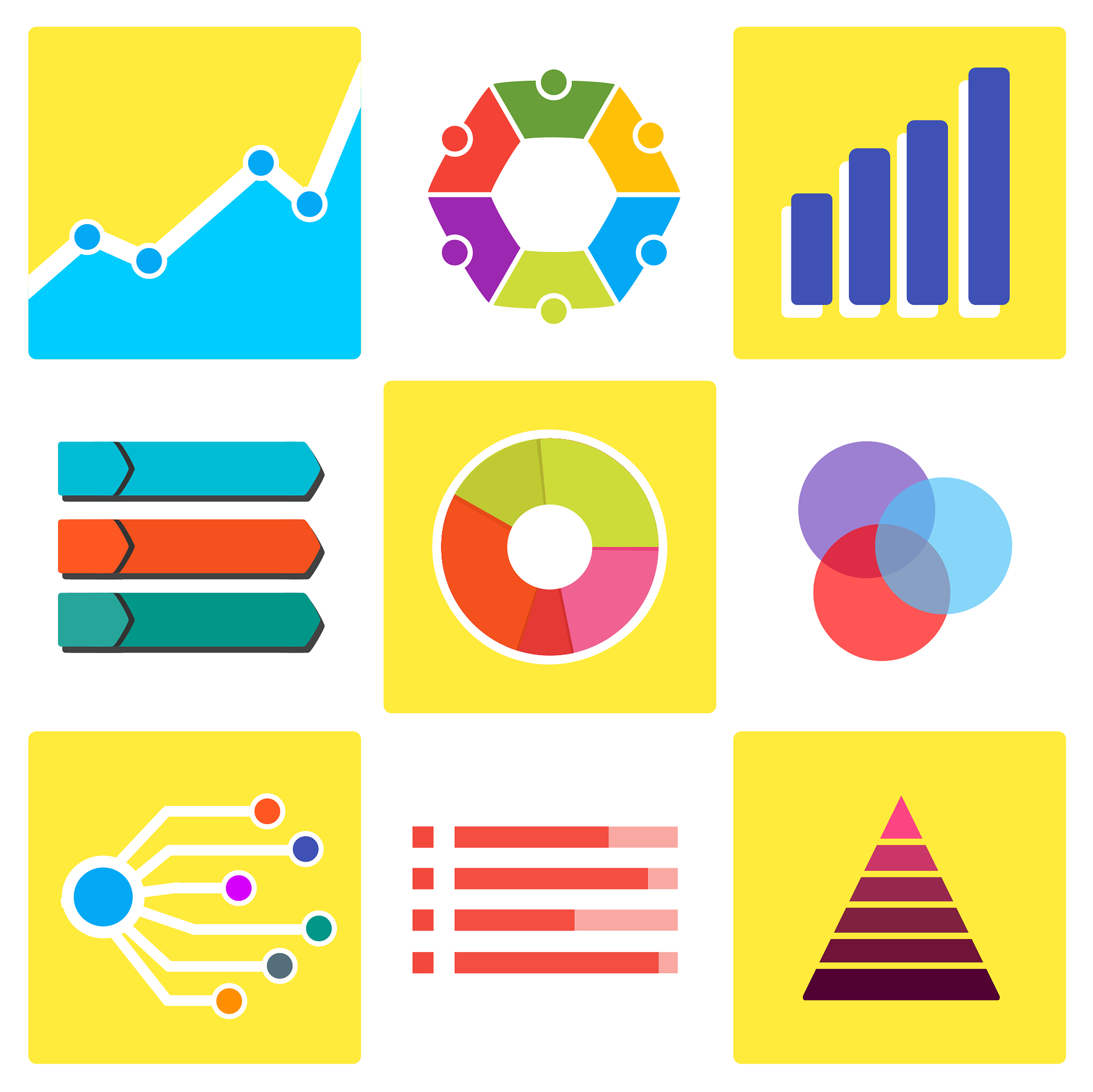Does big data enhance firm innovation competency? The mediating role of data-driven insights 
Journal of Business Research
, 104
, 69-84. 2019.
Author(s): Maryam Ghasemaghaei. Goran Calic.
Topics: IT and innovation Data & Business analytics
Country: USA
Objective and main results
This study investigates the impact of big data characteristics (i.e. velocity, variety, veracity, and volume) on data-driven insight generation and innovation competency of organizations.
Data-driven insight can be descriptive (i.e. understanding what has happened in the past), predictive (i.e. understanding what will happen in the future), and prescriptive (i.e. finding the best course of action to get the optimal results for taking advantage of a circumstance). Innovation competency can be exploitative (i.e. ability to invest resources to extend and refine existing product innovation skills, knowledge, and processes) and explorative (i.e. ability to invest resources to obtain new skills, knowledge, and processes).
Main findings:
The findings show that big data characteristics may enhance data-driven insight generation and innovation competency.
- Data velocity, variety, and veracity enhance all data-driven insight generation types.
- Data volume does not significantly impact either data-driven insight or innovation competency. However, interaction effects were found, indicating that data volume may moderate the effects of other big data characteristics.
- Data-driven insight fully mediates the impact of data variety on innovation competency, and partially mediates the impact of data veracity and data velocity on innovation competency.
- Whereas descriptive and predictive insight impact both innovation competencies, prescriptive insight marginally impacts exploitation competency, and does not significantly impact exploration competency.
Summary of practical implications
Just focusing on utilizing large amounts of data does not help organizations to increase their business insight generation. To discover new relations and patterns between different factors in organizations, managers need to utilize various types of reliable data in a timely manner. They should invest in technologies and develop their abilities to
- Clean the data (i.e., veracity – referring to the reliability and credibility of data).
- Process data from various sources (i.e. variety – referring to formats and types of data).
- Utilize the data in real time (i.e. velocity – referring to the speed at which data is processed and analyzed).
To have the highest levels of business insights, firms should utilize large amounts of different types of data (i.e., high volume and high variety), large sizes of reliable data (i.e., high volume and high veracity), and large volumes of data in a timely manner (i.e., high volume and high velocity). This is an important guideline for firms intending to maximize their business insight generation by utilizing big data.
Using technologies and methods to increase organizations’ descriptive insights (e.g. variations in revenue, sales, and consumer buying patterns) may improve their competencies in successfully developing new products or extending current products. Likewise, using forecasting and data mining tools to predict future trends and events may help organizations to improve their innovation competency.
